
Predicting the Woman Hairstyles of the Future: 7 Trends Shaping the Next Decade | Tech & Sustainability
12 min read

12 min read

12 min read

14 min read
Download our app to instantly see how you'd look with any hairstyle or color
Get the App15 min read

12 min gallery

12 min read
Download our app to instantly see how you'd look with any hairstyle or color
Get the AppGrowing long hair is a journey of patience and a statement of personal style. For decades, long hair for men has moved in and out of the mainstream, but today it stands as a timeless symbol of confidence and individuality. Gone are the days of unkempt locks being the only option; the modern man with long hair is sophisticated, intentional, and knowledgeable about proper care. This comprehensive guide is your roadmap to achieving and maintaining healthy, stylish long hair. We'll cover everything from the initial growing-out phase and foundational care routines to advanced styling techniques and professional upkeep, ensuring your hair looks its absolute best every step of the way.

Whether you're just starting to let your hair grow or you've been rocking long locks for years, understanding the nuances of care is crucial. Long hair has different needs than short hair—it's more prone to dryness, tangles, and split ends. Mastering a routine that addresses these challenges is the key to transforming your hair from simply long to truly magnificent. This guide will provide actionable advice on washing, conditioning, product selection, and styling, empowering you to manage your mane with expertise and flair. Prepare to unlock the full potential of your hair and wear it with pride.
The decision to grow out your hair is exciting, but it comes with an infamous challenge: the awkward stage. This is the in-between phase where your hair is too long to be considered short but not quite long enough to tie back easily. It can be frustrating, often tempting men to give up and head back to the barber for a chop. However, with the right strategy, you can navigate this period with style. The key is to embrace accessories and styling products. Headbands, hats, and beanies can be your best friends, helping to control unruly hair while adding a stylish element to your look.
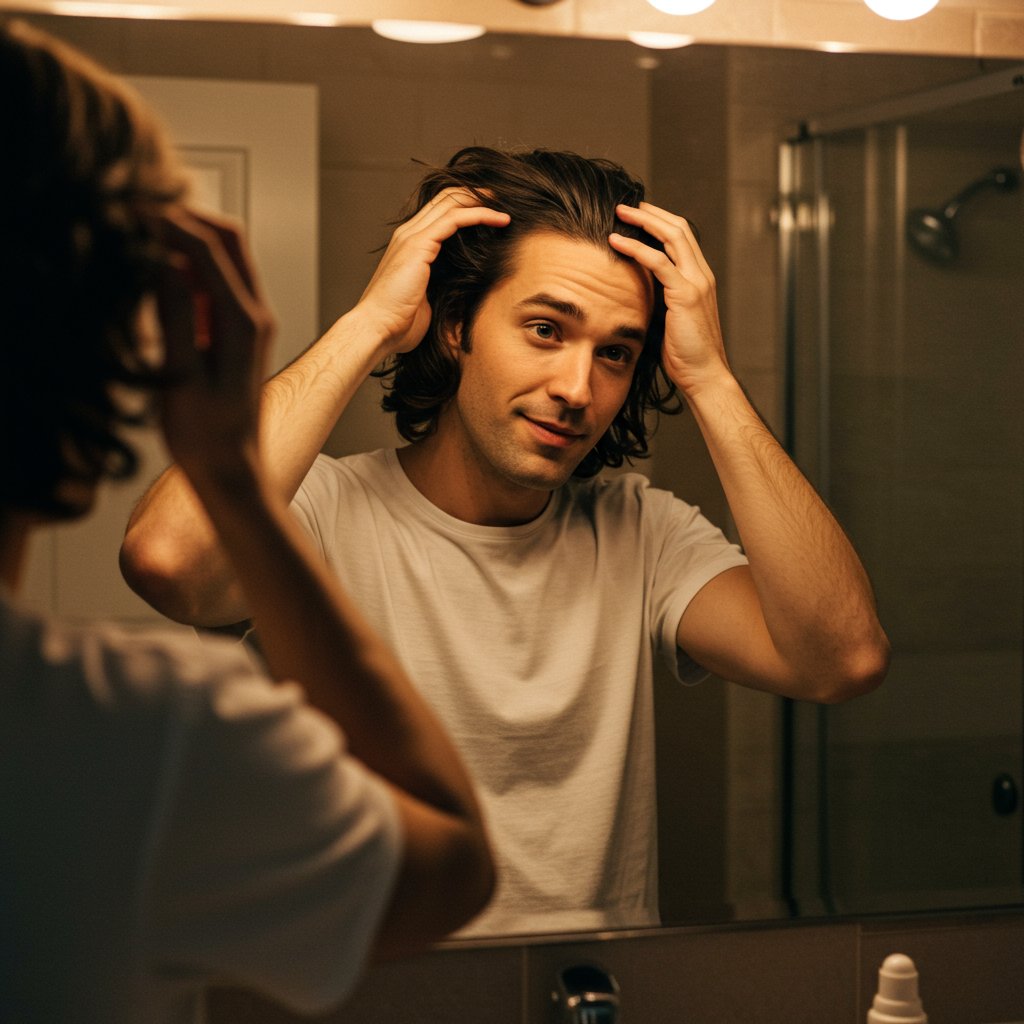
During this phase, light-hold styling products are essential. A texturizing cream or sea salt spray can give your hair some direction and control, preventing it from looking flat or shapeless. Work with the length you have. A messy, textured look is often easier to achieve and looks more intentional than trying to force a sleek style. It's also a crucial time to get minimal trims, known as 'maintenance cuts.' An experienced stylist can shape your hair as it grows, removing bulk and creating a structure that makes the transition smoother. This isn't about cutting off length but rather guiding its growth in a flattering way.
Once you have significant length, your hair care routine needs to evolve. The most fundamental aspect of maintaining healthy long hair for men is a proper washing and conditioning regimen. Over-washing is a common mistake that can strip your hair and scalp of natural oils, leading to dryness, frizz, and irritation. For most men with long hair, washing two to three times per week is sufficient. This allows your natural sebum to moisturize the hair shaft, which is essential for strength and shine. On non-wash days, you can simply rinse your hair with water to refresh it.

Choosing the right products is equally important. Look for sulfate-free shampoos and conditioners formulated for your hair type—whether it's oily, dry, fine, or thick. When you wash, focus the shampoo on your scalp, gently massaging with your fingertips to cleanse away dirt and buildup. The lather that rinses down is enough to clean the lengths of your hair. Conditioning is the opposite: concentrate the product from the mid-lengths to the ends, where hair is the oldest and most susceptible to damage. Let the conditioner sit for a few minutes before rinsing thoroughly with cool water to seal the hair cuticle and boost shine.
To elevate your hair from good to great, you need to incorporate treatments that go beyond daily washing and conditioning. A weekly deep conditioning treatment or hair mask is a non-negotiable for long hair. These products are formulated with concentrated ingredients that penetrate the hair shaft to provide intense hydration, repair damage, and improve elasticity. Apply a mask to clean, damp hair, leave it on for 10-20 minutes, and then rinse. This weekly ritual will make a noticeable difference in the softness and manageability of your hair.
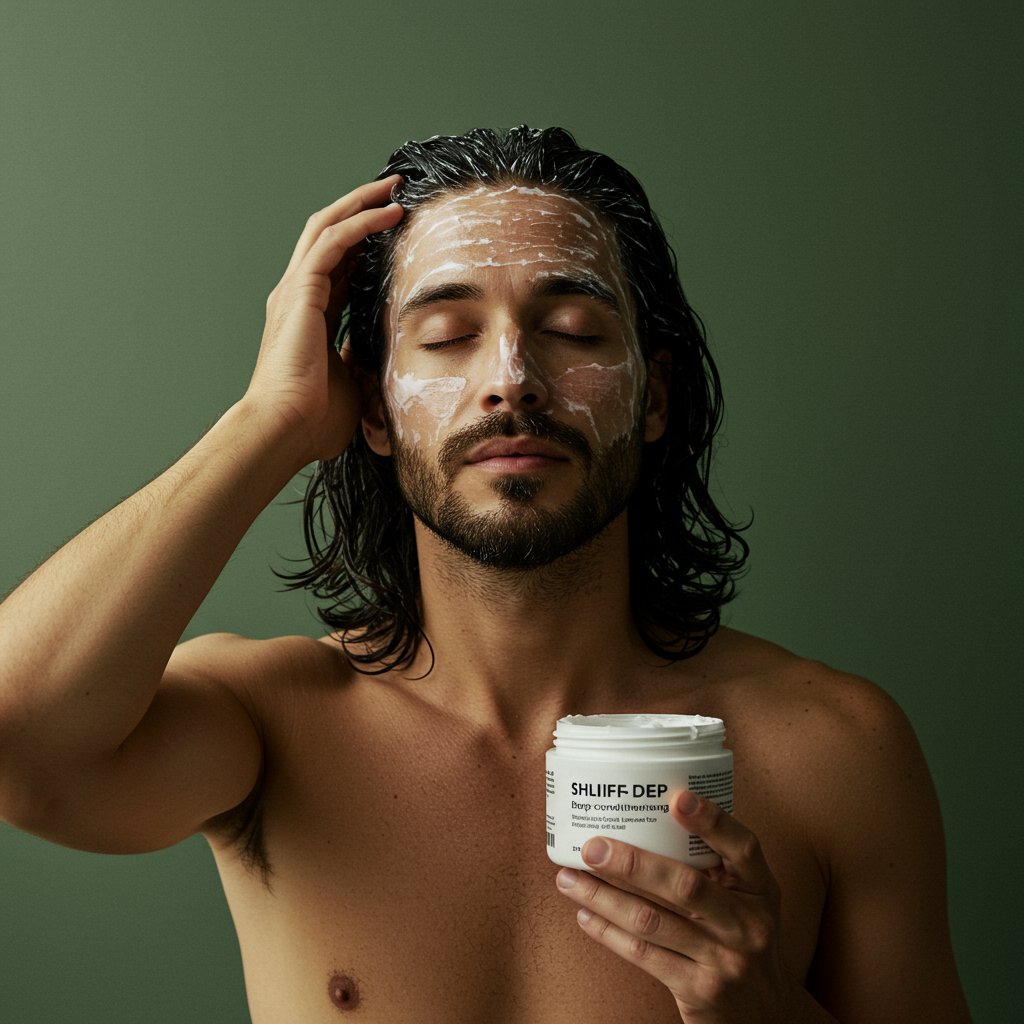
Scalp health is another critical component of long hair care. A healthy scalp is the foundation for healthy hair growth. Consider incorporating a scalp scrub once or twice a month to exfoliate dead skin cells and remove product buildup, which can clog follicles and hinder growth. Additionally, a light scalp oil or serum can help soothe dryness and irritation. Finally, protect your hair from environmental aggressors. Wear a hat in the sun to prevent UV damage, and rinse your hair with fresh water before and after swimming in chlorine or saltwater to minimize absorption of damaging chemicals.
Nighttime care is often overlooked but is vital for preventing breakage and tangles. Cotton pillowcases can be rough on long hair, causing friction that leads to frizz and split ends. Switching to a silk or satin pillowcase provides a smooth surface for your hair to glide over, reducing friction significantly. Alternatively, loosely tying your hair in a braid or a high, loose bun (a 'pineapple') using a silk scrunchie can also protect your strands from tangling and breaking while you sleep. Never go to bed with wet hair, as it's in its most fragile state and highly susceptible to damage.
Having long hair opens up a world of styling possibilities. The key is to master a few go-to looks that suit your lifestyle and hair type. For a casual, effortless vibe, letting your hair flow naturally is a great option. To enhance your natural texture, apply a bit of sea salt spray or a leave-in conditioner to damp hair and let it air dry. This will give you that perfectly imperfect beachy look without the frizz.

For more control or for professional settings, classic styles like the man bun or the ponytail are excellent choices. To achieve a sleek man bun, use a brush to gather your hair at the crown of your head and secure it with a hair tie. For a more relaxed, textured bun, use your fingers to pull the hair back. The half-up, half-down style is another versatile option that keeps hair out of your face while still showcasing your length. Experiment with different products—a light-hold cream for definition, a serum for shine, or a texturizing powder for volume—to find what works best for your desired style.
Using the right tools can make all the difference in the health and appearance of your hair. Ditch fine-tooth plastic combs, which can snag and break long strands. Instead, invest in a high-quality wide-tooth comb. Use it to gently detangle your hair, starting from the ends and working your way up to the roots, especially when your hair is wet and at its most vulnerable. A boar bristle brush is another excellent investment. It's gentle on the hair and helps to distribute your scalp's natural oils down the hair shaft, which is a natural way to condition your ends.
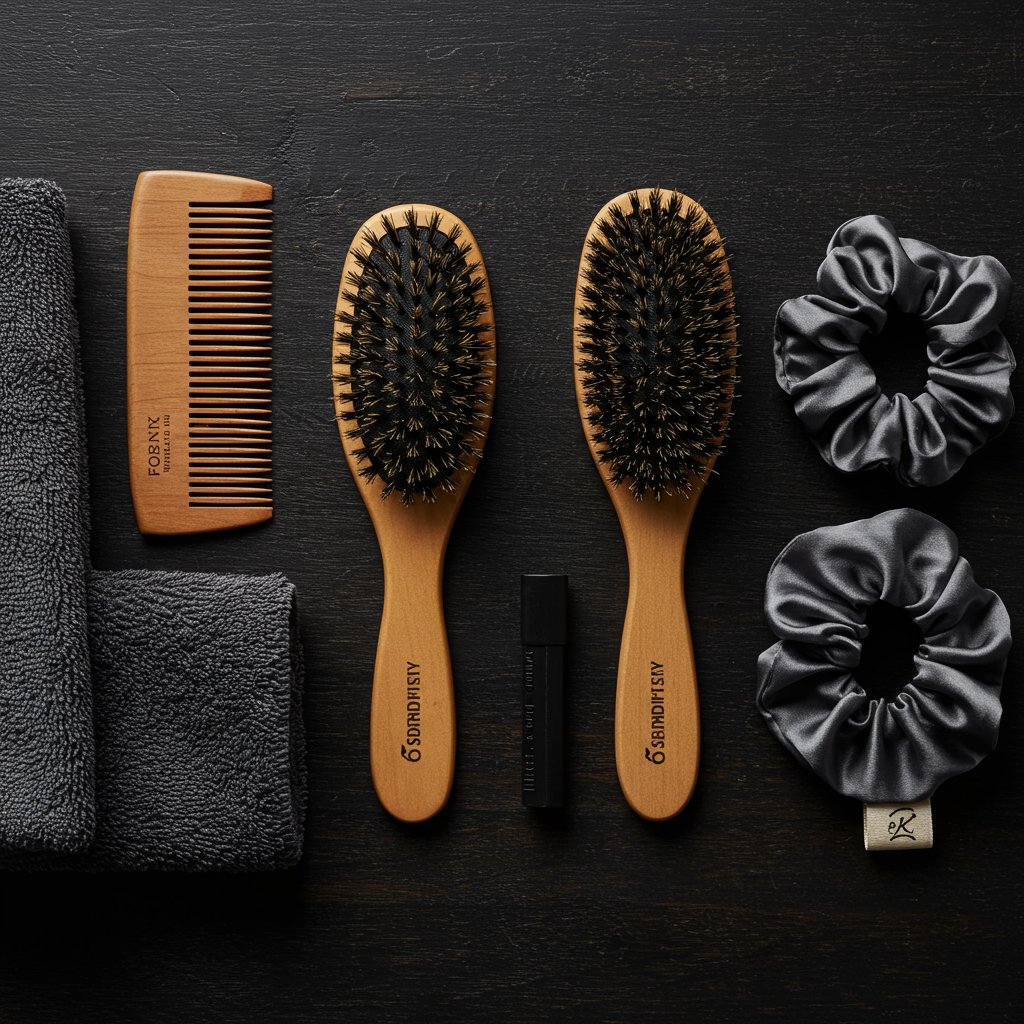
Your choice of towel and hair ties also matters. Standard cotton terrycloth towels have rough fibers that can rough up the hair cuticle, leading to frizz and breakage. Switch to a microfiber towel or even a soft cotton t-shirt to gently squeeze and blot excess water from your hair after washing. When it comes to tying your hair back, avoid ties with metal clasps or tight elastic bands that can pull and snap your hair. Opt for gentle options like spiral hair ties or scrunchies made of silk or satin, which hold hair securely without causing damage.
It might sound counterintuitive, but getting regular trims is one of the most important things you can do when growing and maintaining long hair. Trims don't make your hair grow faster, but they are essential for hair health. Over time, the ends of your hair become dry and damaged, leading to split ends. If left untrimmed, these splits can travel up the hair shaft, causing more significant breakage and making your hair look thin and unhealthy. A trim removes these damaged ends, preventing further damage and keeping your hair looking thick and full.
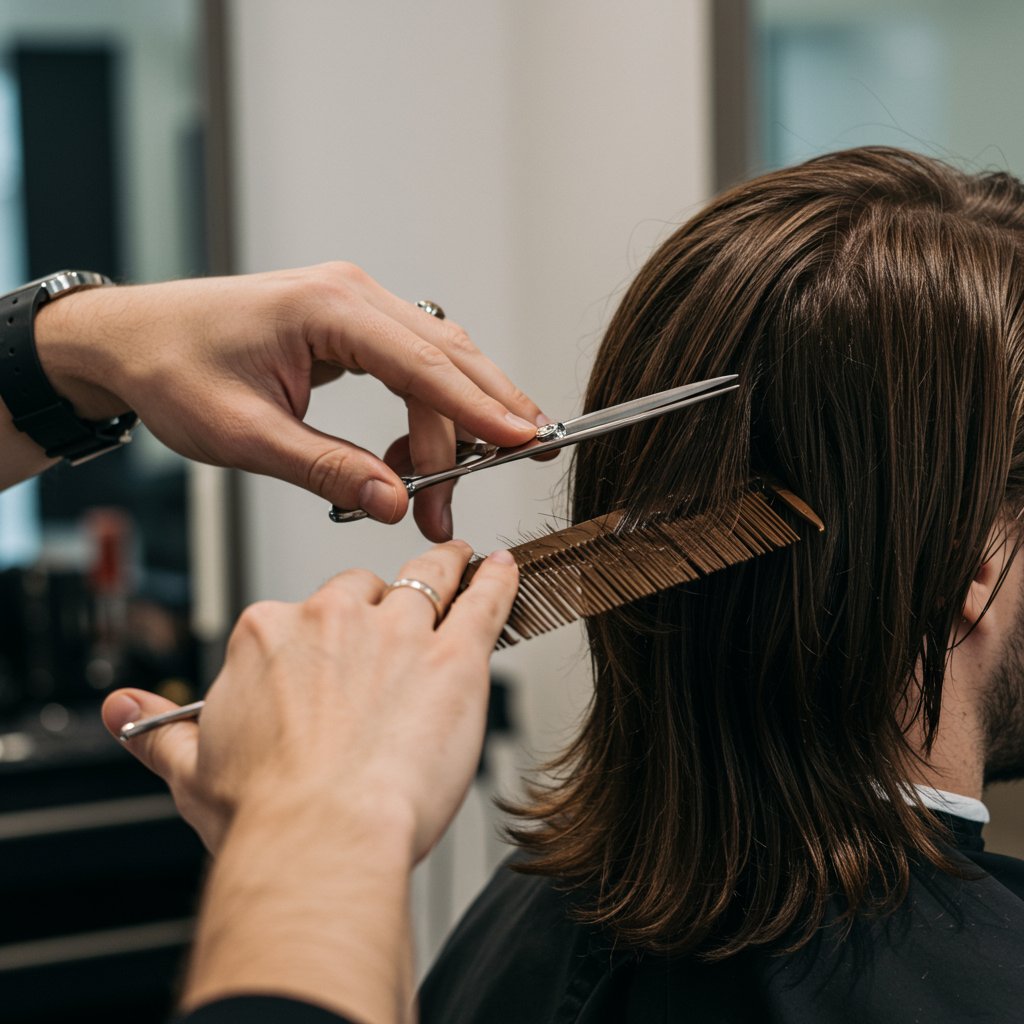
For men with long hair, a maintenance trim every 10-12 weeks is generally recommended. It's crucial to communicate with your stylist that you only want a 'dusting'—the removal of the very tips of the hair—to clean up the ends without sacrificing overall length. Visiting a professional salon is highly recommended, as an experienced stylist will not only trim your hair correctly but can also add subtle layers or shaping to enhance movement and remove excess weight, making your long hair easier to manage and style.
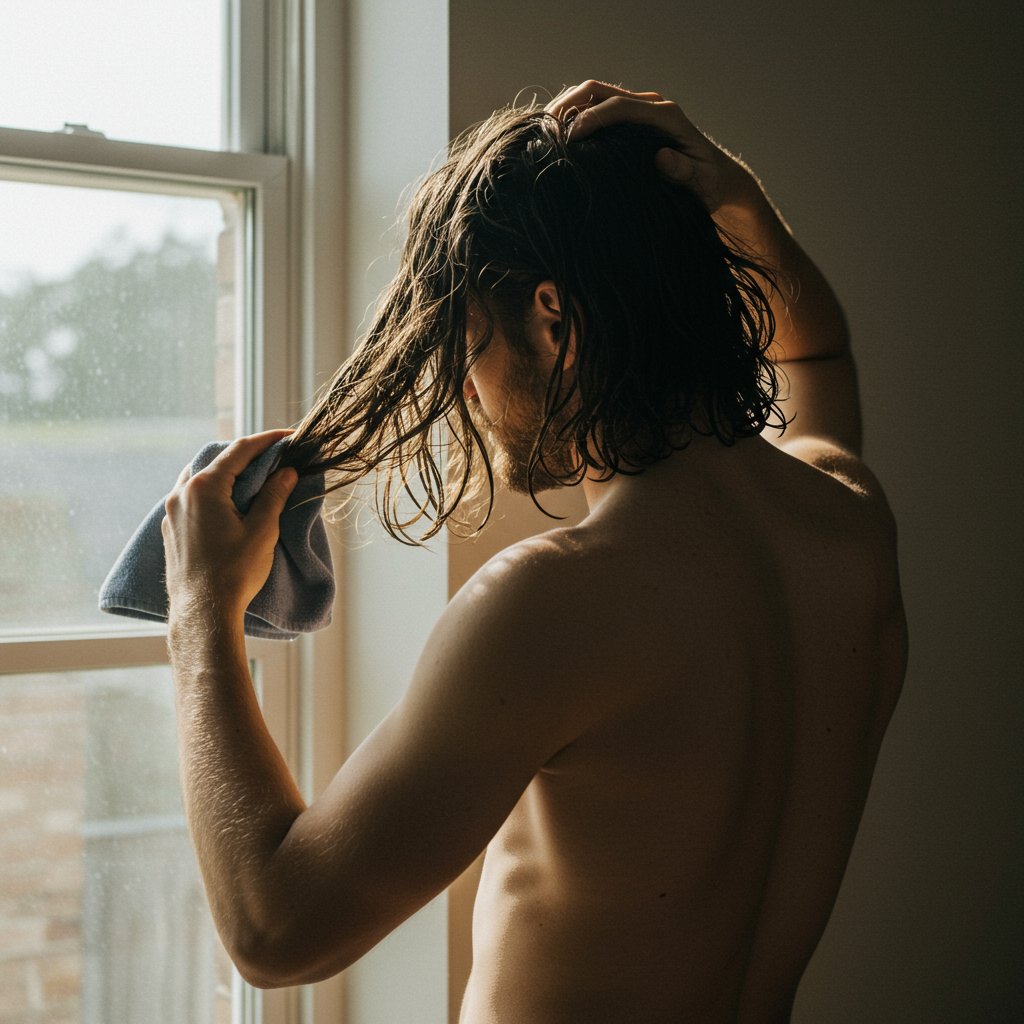
Growing and maintaining long hair is a commitment, but the reward is a versatile and powerful form of self-expression. By understanding the fundamentals of a proper care routine—from washing and conditioning to regular trims and protective styling—you can ensure your hair remains healthy, strong, and impressive. The journey from short hair to a flowing mane is filled with lessons in patience, but by embracing each stage and equipping yourself with the right knowledge and tools, you can achieve the legendary long hair you've envisioned. Wear it with confidence; you've earned it.
Download our app to instantly see how you'd look with any hairstyle or color
Get the App
12 min read

12 min read

14 min read